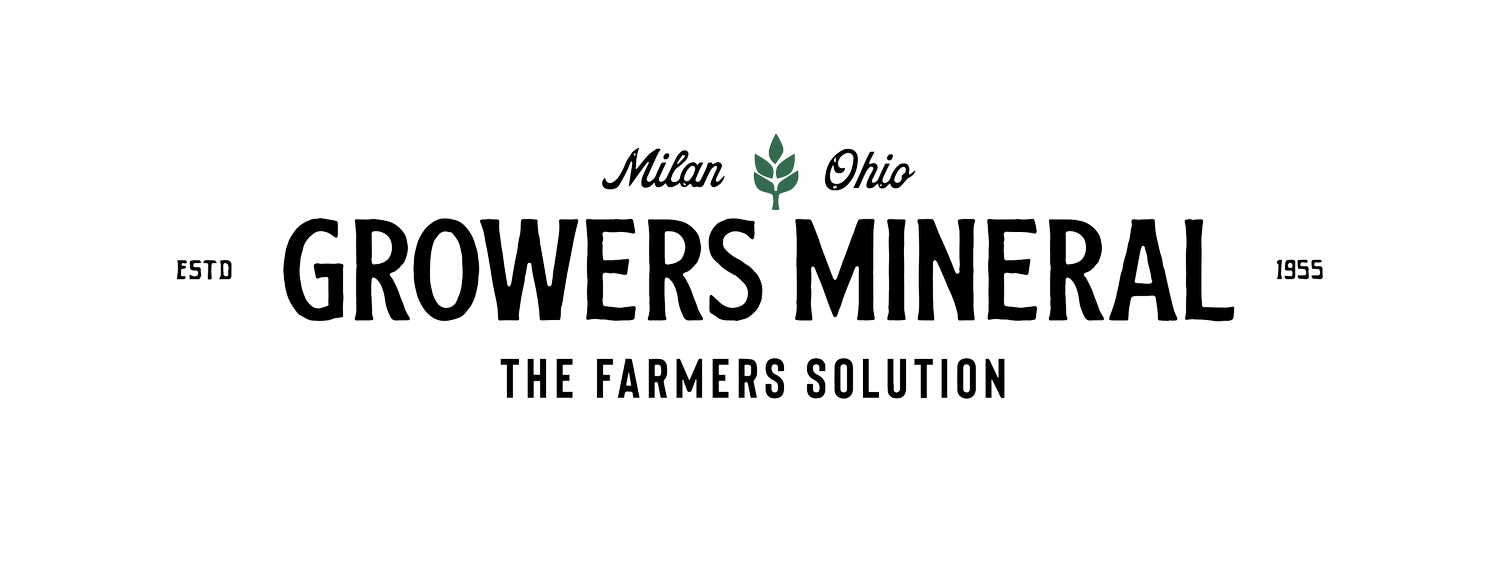Water Hardness
By Jim Halbeisen, Growers Research Director
As we start another season of foliar feeding it is important to remind you about water quality and its effect on Growers Nutritional Solutions 10-20-10 (GNS 10-20-10). The number one factor to be concerned with is the calcium and magnesium hardness of the water.
As we start another season of foliar feeding it is important to remind you about water quality and its effect on Growers Nutritional Solutions 10-20-10 (GNS 10-20-10). The number one factor to be concerned with is the calcium and magnesium hardness of the water. This is very important because the calcium in hard water forms a very strong chemical bond with the phosphorus (P) present in Growers, and its resulting white precipitate (the junk in your screens and nozzles) will not dissolve to any extent in water. This precipitate doesn't occur very often, but when it does, two problems arise.
The first is pretty obvious. Physical plugging of screens, orifices, and nozzles that can infuriate a farmer to the point where he will probably not want to ever work with GNS 10-20-10 again. Some try to overcome plugging by using larger openings which should allow the precipitate to flow better. This may overcome the plugging, but it still doesn't solve the probably more important second problem.
The second problem is that the calcium in the hard water ties up some of the P in GNS 10-20-10 so that it is not properly used by the plant. Calcium phosphate (the insoluble white precipitate) is not absorbed into plants unless its chemical bond is broken up by a relatively strong acid which would never occur on the surface of a plant leaf and rarely in the soil profile. (This is the reason why it doesn't make any sense to use calcium phosphate as a mineral source for an animal where the mineral is not placed into direct contact with the acid of a true stomach.)
To prevent the interaction of the P in GNS 10-20-10 and the calcium in hard water, the calcium must be "tied up" similar to the way ammonia sulfate is used in hard water for the Roundup products. Ammonium sulfate, however, will not work with GNS 10-20-10 as it does with Roundup. To neutralize the calcium in hard water for Growers use, we suggest using vinegar, citric acid, or sulfuric acid (battery acid). Some farmers have had success with Shaklee's Basic-H product at ¼ cup per 55 gallons of water. Also, there are other products used in the vegetable industry for softening hard water that can be used in most cases with GNS 10-20-10.
Do not assume pH indicates the hardness of water. A true hardness test should be used. There are hardness test kits available, or take a water sample to a treatment specialist (such as Culligan). Hardness is expressed as grains of hardness or ppm (parts per million) of hardness. The conversion formula is: Grains of Hardness X 17.4 = ppm of Hardness.
Below are types and amounts of softening products to be added to the hard water that will be used to dilute GNS 10-20-10.
Make sure the water softening products and the water are put in the spray tank and agitated before adding the GNS 10-20-10.
Another way of avoiding GNS 10-20-10 precipitating in hard water is to mix them in a one to one ratio. But make sure it is 1 : 1, and the GNS 10-20-10 is put in the spray tank before the water is added.
If there any doubts about whether the water and Growers will mix, try smaller amounts of each in the intended proportions in a bucket or other container. If the mix stays clear, it should be all right to spray, but if it clouds up (the calcium-phosphate precipitates), then softeners are needed.
If the mix is to be one to one or less (Growers to water) then there should be no problem regardless of how hard the water is, but the Growers must be added to the spray tank first before the water.
Finally, it is our experience that the softer the water, the better the chances are the Growers 10-20-10 will work properly.

